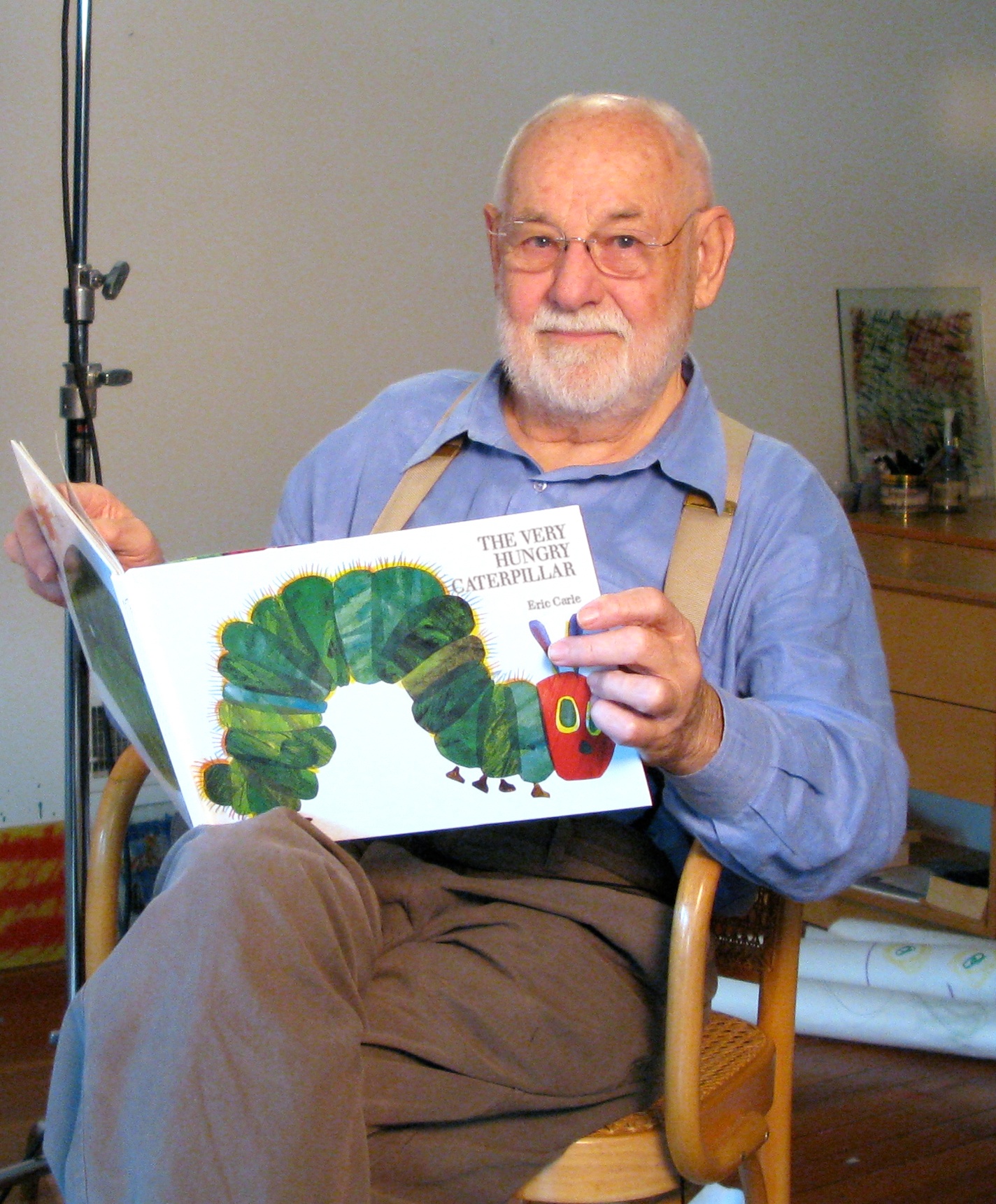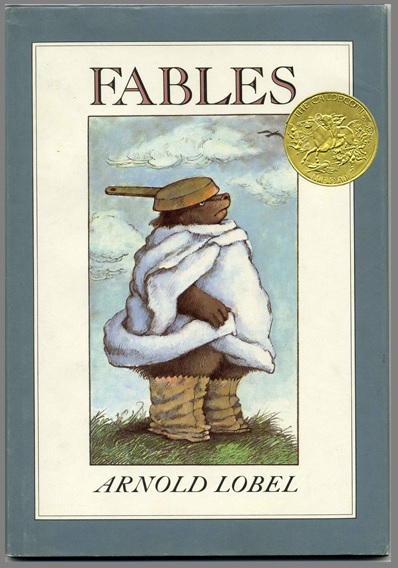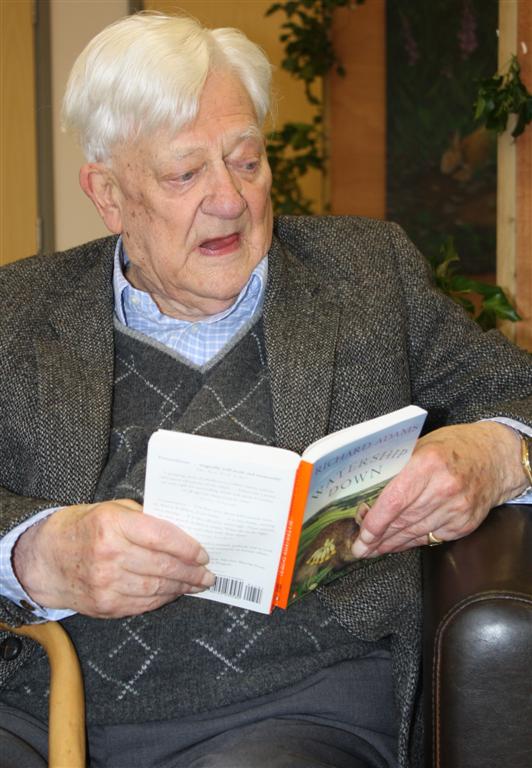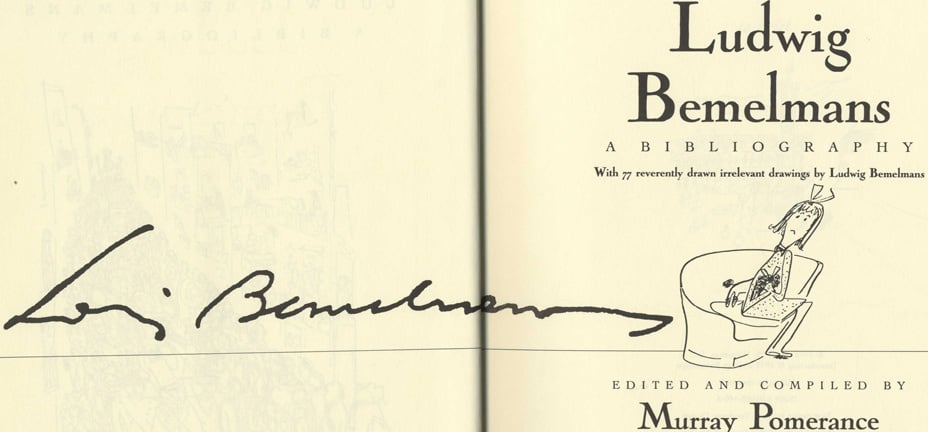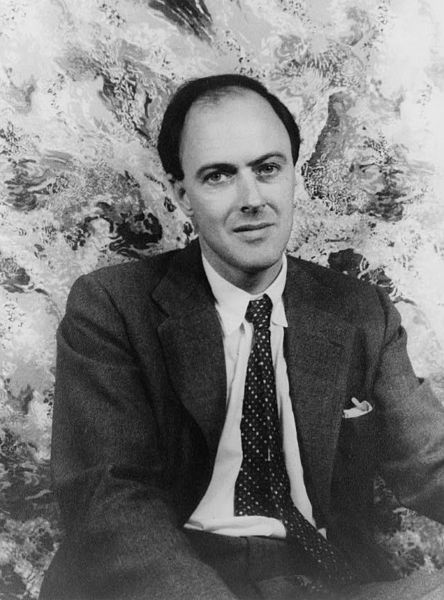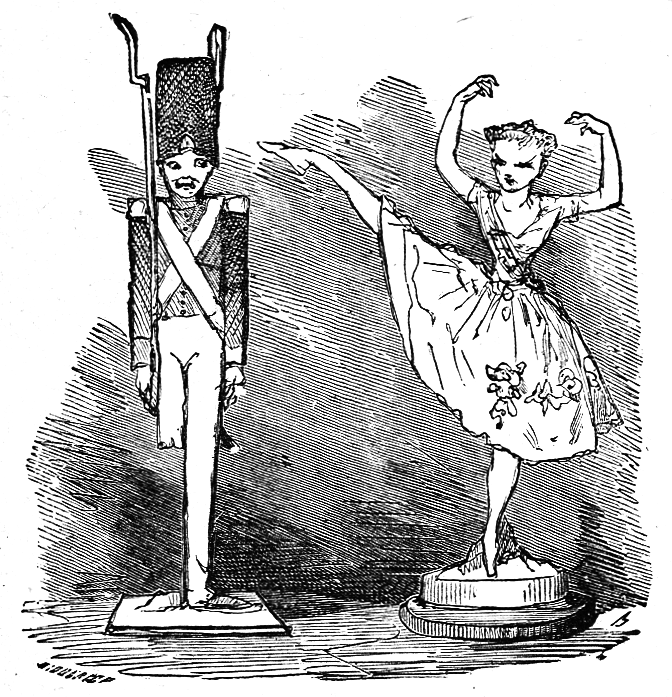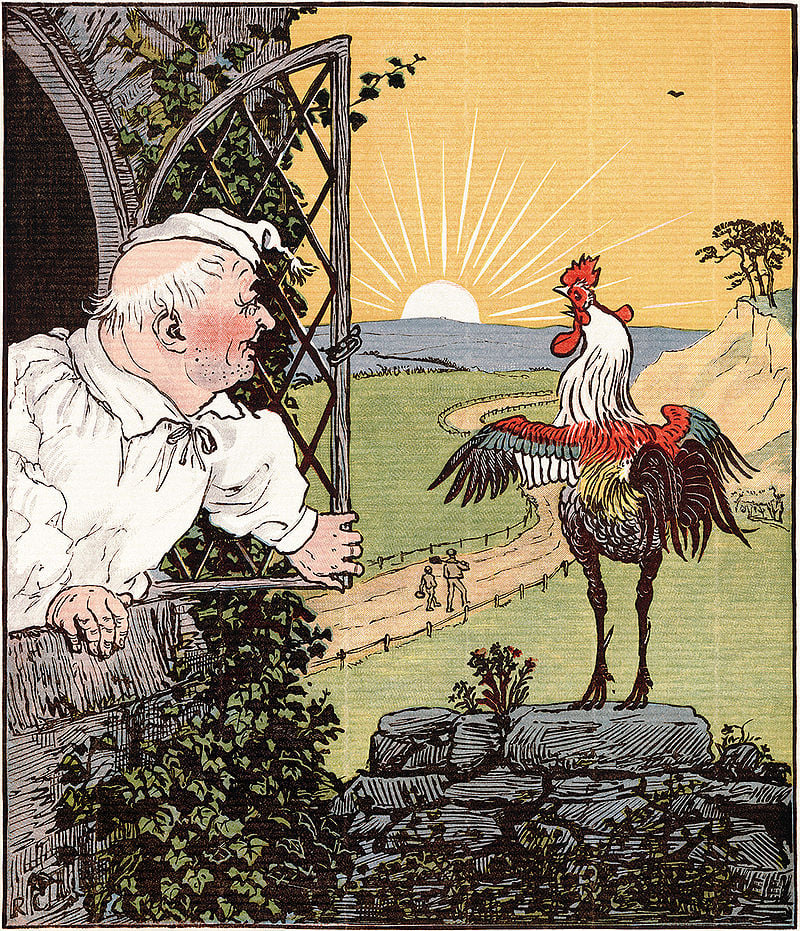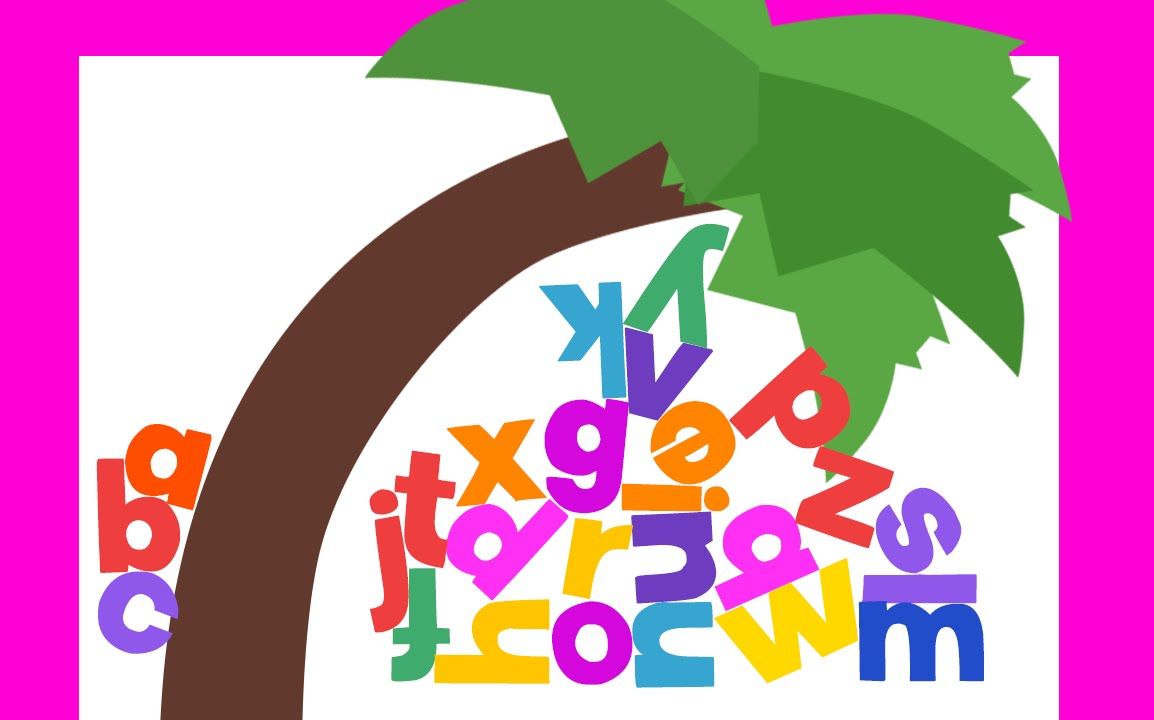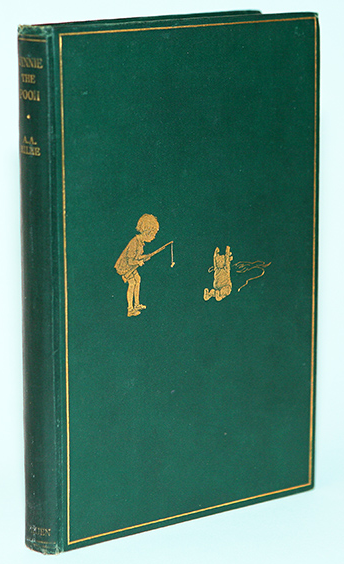It is the first day of preschool. You walk into a classroom filled with unfamiliar faces, clinging to your mom’s hand before it’s time to say goodbye. You take your seat on the welcome rug, carefully patting down your “first-day of school” dress as you timidly scan the brightly colored toys and trinkets that line the shelves. It doesn’t look like a scary place, but it is very different from anything you’ve known. As you absorb the new world around you, the teacher pulls out a book. You recognize the cover as one you’ve read before, and as she begins to read you slip into the comfort of a familiar story.
us toll free: 1-800-948-5563 international: +1 (843) 849-0283 UK: +44 (0) 1334 260018




